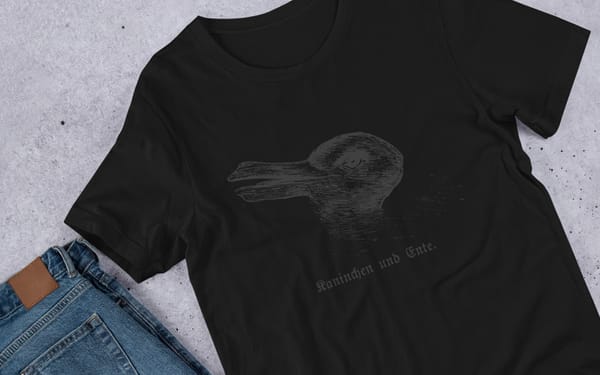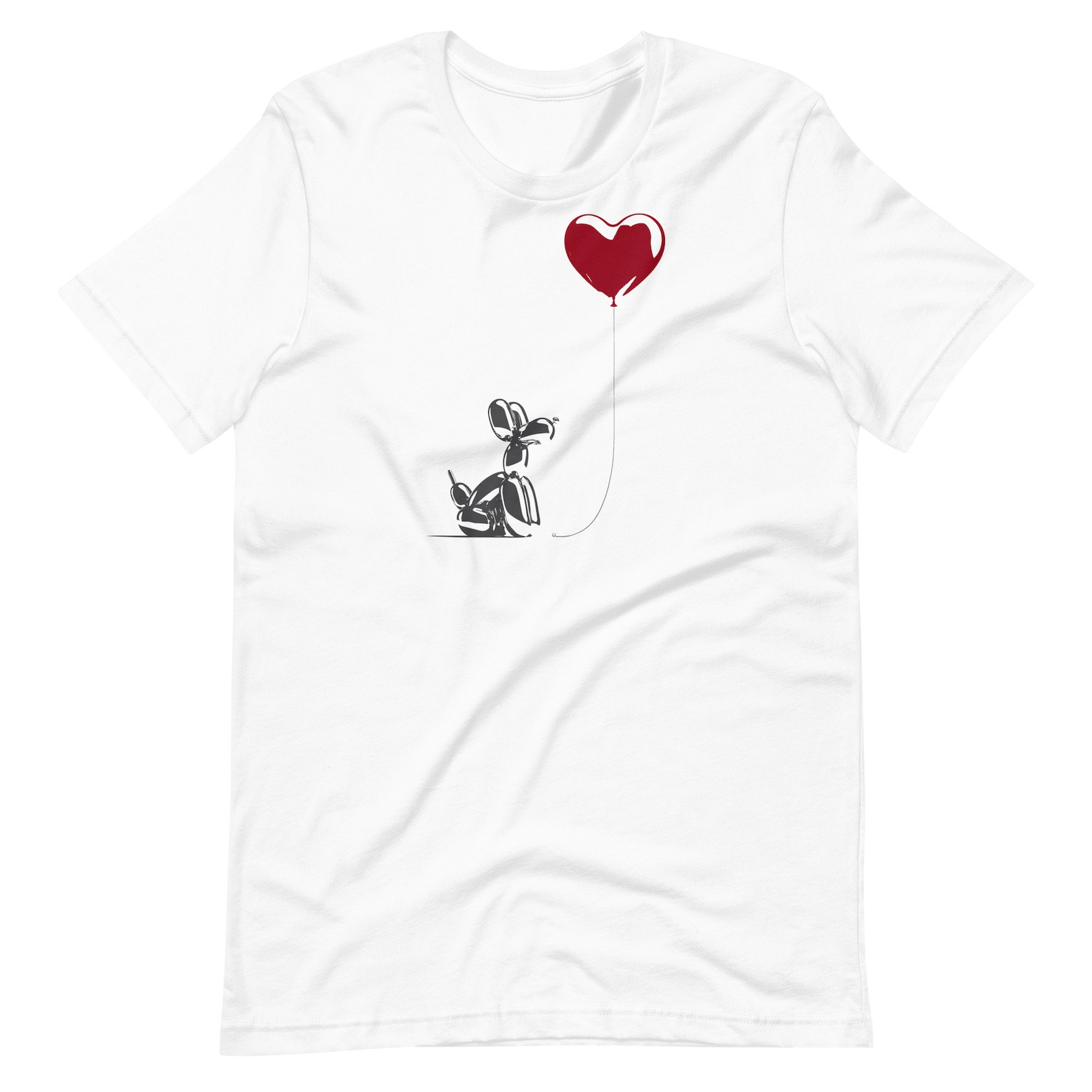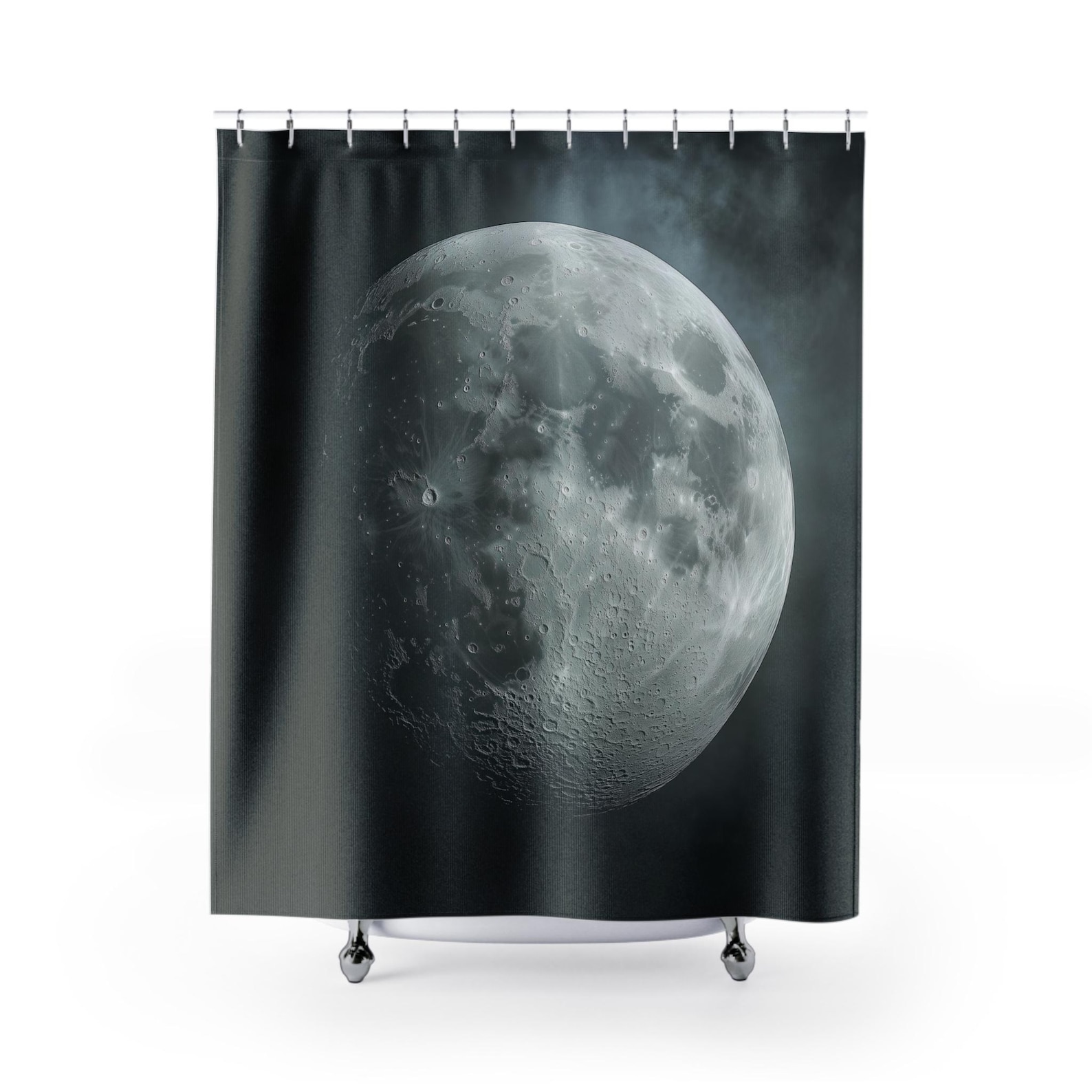The Pillow Cube ad: a design lesson
The Pillow Cube, designed exclusively for side sleepers, illustrates design trade-offs and the importance of choosing products that align with your unique needs. Explore why no single product can be perfect for everyone and how understanding this can enhance your buying decisions.

When design meets reality
The excitement a cool pillow ad makes
In a world overflowing with choices, finding the perfect product can feel like searching for a needle in a haystack. The Pillow Cube, a unique solution for side sleepers, exemplifies how design is about making trade-offs to create targeted solutions. With its sleek presentation and promises of unparalleled comfort, the advertisement for the Pillow Cube paints a compelling picture. It explains how the cube shape fills the gap between the shoulder and head, promoting optimal spinal alignment and restful sleep.
Yet, this product also highlights a broader truth about design: no product is universally perfect. Every product, even one as innovative as the Pillow Cube, is crafted with a specific use case in mind, which inevitably means it may not suit everyone.
Hesitating on the purchase and reflecting on the ad
While the advertisement may tempt one to immediately click "buy," it's essential to step back and consider all aspects of the product.
The Pillow Cube is explicitly tailored for side sleepers, a design choice that makes it particularly effective for this group. However, it's worth noting that the ad doesn’t address how the pillow accommodates other sleeping positions, such as back or stomach sleepers. This absence isn't necessarily a flaw but a reminder to consider how well a product aligns with one's unique needs.
Addressing specific needs
This isn't to say the Pillow Cube is a flawed product.
On the contrary, it appears to be a thoughtfully designed pillow that fulfils its purpose admirably for side sleepers. However, it highlights the importance of recognising that no product is universally perfect. Just as we choose different types of music or entertainment based on our moods, we must also select products that match our specific needs and preferences. The Pillow Cube exemplifies this principle, as it’s crafted for a particular use case, leaving it up to the buyer to assess its suitability.
Understanding design limitations
This brings us to a broader point: no design is flawless or perfectly engineered for every situation. Just as general-purpose tools can handle various tasks, they are rarely ideal for every specific job. Every design has inherent trade-offs, especially when tailored for particular use cases, like the Pillow Cube. Recognising these limitations is crucial in making informed decisions.
Finding the right tool for the job
The best way to navigate this reality is to understand one's objectives and find the appropriate tools to achieve them. In the case of the Pillow Cube, it might be the perfect solution for dedicated side sleepers. However, if you tend to switch positions throughout the night, it’s worth exploring other options. Remember, every product has its limitations. By being aware of your needs and doing thorough research, you can make informed decisions and find products that genuinely enhance your life.
Embracing imperfection: The wise consumer
The Pillow Cube, a unique solution for side sleepers, is a poignant reminder that even the most innovative products have inherent limitations. It underscores a universal truth: design is a balancing act, often prioritising specific needs over others. No product can be all things to all people, a concept well-recognised by those who create personas and customer journey maps, understanding the importance of targeting specific user needs while accepting that not every product will cater to everyone.
This lesson extends far beyond pillows and comfort. Every product we encounter, from smartphones to kitchen appliances, results from design decisions prioritising certain features while compromising on others. Understanding these trade-offs is essential for making decisions that truly benefit our lives.
As consumers, our power lies in the ability to discern what truly matters to us. The first step is recognising our unique needs — whether it’s a pillow that supports side sleeping, a phone with exceptional camera quality, or a laptop with long battery life. Once we’ve identified our priorities, we can begin the thorough research process, seeking products that align with our requirements.
Research is more than just reading reviews; it involves comparing options, understanding the limitations of each product, and considering how those limitations might impact us. It’s about asking the right questions: Does this product solve my problem? Will it enhance my daily life in the way I need it to?
Beyond research, it’s also important to approach purchases with a mindset that embraces imperfection. No product will ever check every box, and that’s okay. What matters is finding something that does the job well enough for our purposes. This mindset reduces the pressure to find the “perfect” item and helps us appreciate the products that serve us well despite their flaws. Ultimately, being a wise consumer is about more than finding good deals or following trends. It’s about making choices that are thoughtful, informed, and aligned with our values and needs. By doing so, we contribute to a market that rewards quality, functionality, and genuine innovation.
Businesses driven by the pursuit of profit will naturally gravitate toward fulfilling needs they can profitably address. This dynamic interplay between consumer demand and business offerings shapes the marketplace, ensuring that products that resonate with specific needs and preferences find their place on store shelves.
Just as the Pillow Cube may not be the ideal solution for every sleeper, no single product can perfectly satisfy every consumer. But, by understanding our needs and making informed choices, we can discover those products that truly enhance our lives, proving that the "perfect" product isn't a myth but a personalised discovery waiting to happen.












